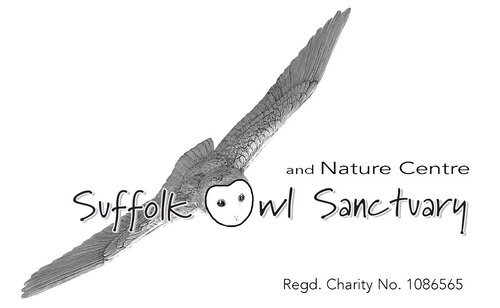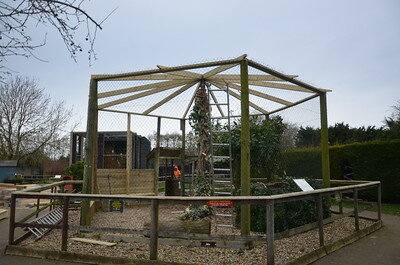We are pleased to announce that we have been awarded the Learning Outside the Classroom Quality Badge Certificate. This recognises our commitment to providing innovative and inspirational learning experiences outside of the classroom environment safely.
The LOtC Quality Badge is the only nationally recognised accreditation scheme for outdoor learning providers. The Department for Education guidance on Health and Safety on educational visits recommends that schools look for Quality Badge holders when choosing external providers for educational visits.
Here at Suffolk Owl Sanctuary, we have created a number of free to download resources for schools and educational groups to use, either in the classroom before or after their visit, or while they are enjoying a day out with us.
For groups visiting us at Stonham Barns, we can provide a tailor made itinerary on a range of themes or topics relating to our work, including food chains, habitats, adaptations and conservation, to name just a few. These topics can be delivered as guided walks, talks, sessions and workshops and may include presentations, games, crafts or practical elements depending on the age and ability of the group.
We are also able to deliver educational sessions as part of our outreach offer, where we attend your school or group. And launched in response to the pandemic, our virtual sessions continue to inspire people who live too far away to visit us, or us them.
For more information about our Educational offering, please visit:
https://www.owl-help.org.uk/education-department
All of our activities are risk assessed and are delivered by our qualified and experienced staff.











































































































